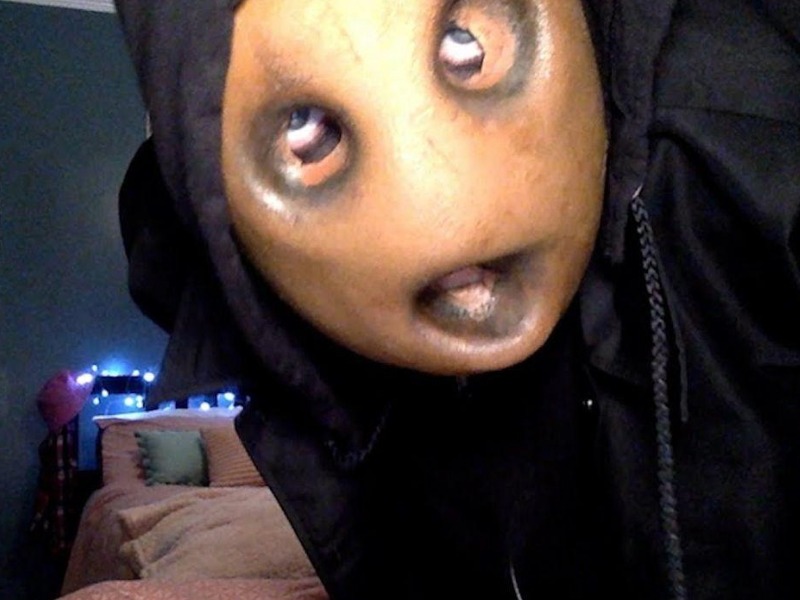The 2025 horror scene has been saturated with slashers, remakes, and supernatural chills, but Strange Harvest stood out this year as a quieter, more unsettling entry that leans heavily into folk-horror traditions. Directed by Naomi Carter in her feature debut, the film takes the haunting rural imagery we associate with classics of the genre and twists them into something fresh, political, and terrifying.
Story and Themes
The film follows Claire (Mia Goth), a struggling agricultural researcher who travels to a remote farming community in the Midwest to study unexplained crop mutations. What begins as a scientific investigation unravels into a descent into ritualistic practices and agrarian superstitions that blur the line between tradition and horror.
Beneath its eerie plot, Strange Harvest is wrestling with themes of sustainability, exploitation of land, and generational trauma. Carter uses the farm setting as more than just atmosphere—it becomes a living character that forces both Claire and the audience to reckon with humanity’s uneasy relationship with the earth.
Mood and Atmosphere
The film’s strength lies in its imagery and tension. Wide shots of endless cornfields, abandoned silos, and dying livestock create an ever-present sense of unease. The sound design amplifies this: buzzing cicadas, creaking wood, and distant thunder often feel more ominous than the visual horror itself.
There’s a slow, creeping dread to the storytelling. Rather than cheap jump scares, Carter opts for moments that sit inside you uncomfortably—rituals performed under glaring harvest moons, villagers chanting in hushed tones, Claire’s visions of roots tangling into human flesh. The horror reveals itself gradually, and by the end, the viewer feels like they’ve been swallowed, body and soul, into the harvest.
Performances
Mia Goth once again proves that she is quickly becoming the queen of modern horror. Her portrayal of Claire balances curiosity, vulnerability, and eventual terror with nuance. As the outsider, she mirrors the audience’s confusion and growing paranoia.
The supporting cast, made up mostly of unknown local actors, adds authenticity. The townsfolk don’t play caricatures of “locals” but instead present disturbing calmness, with soft-spoken lines masking something deeply sinister.
Direction and Style
Naomi Carter directs with confidence rare in a debut feature. Her influence seems to draw from films like The Wicker Man and Midsommar, but she paints in her own voice—less flamboyant, more quietly corrosive. Cinematographer Julian Marks deserves praise for his work in natural lighting, capturing golden harvest sunsets that gradually look more menacing as the story progresses.
The pacing is deliberate and may be too slow for viewers wanting a more traditional horror arc. But for those who enjoy folk horror’s patience and buildup, the film rewards with an ending both grotesque and poetic.
The Ending (Spoiler-Free)
Without spoiling too much, the climax merges body horror with agricultural mysticism in a way that feels both shocking and inevitable. Carter doesn’t tie everything neatly together; instead, she leaves audiences with the unease that the ritual and the harvest will continue—long beyond the credits.
Final Verdict
Strange Harvest (2025) isn’t mainstream popcorn horror—it’s meditative, raw, and demanding of patience. It plants seeds early, nurtures dread with expert pacing, and reaps a final act that lingers uncomfortably. For fans of folk horror and atmospheric dread, this is one of the standout horror releases of the year.
Rating: 4 out of 5
